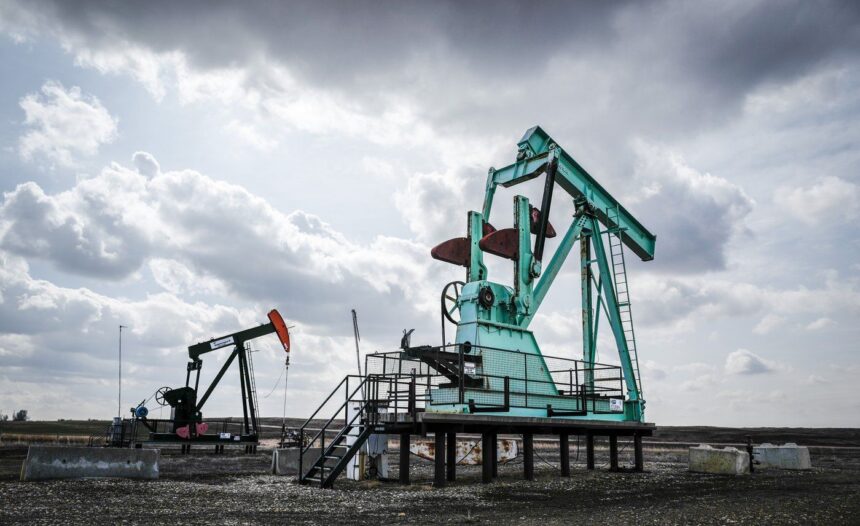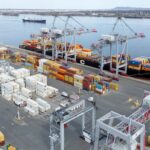The disconnect between Canada’s climate commitments and its fossil fuel production trajectory has reached alarming levels, according to a comprehensive analysis released yesterday by the Climate Policy Initiative. The report reveals that while Canada publicly champions aggressive emission reduction targets on the global stage, its oil production is set to increase by an estimated 17% by 2030—creating what experts describe as a “policy-production paradox” that threatens to undermine national climate goals.
“We’re witnessing a fundamental contradiction in Canada’s energy strategy,” explains Dr. Sarah Richardson, lead author of the report. “The government has pledged to reduce emissions by 40-45% below 2005 levels by 2030, yet production forecasts from the Canadian Energy Regulator show we’re heading in precisely the opposite direction.”
The study, which examined production forecasts against climate modeling from multiple sources, highlights that Alberta’s oilsands expansion accounts for approximately 80% of the projected growth. This expansion alone could add an estimated 25-30 megatonnes of carbon emissions annually by the end of the decade.
Industry representatives defend the production increases, pointing to technological innovations aimed at reducing per-barrel emissions intensity. “Canadian producers are making unprecedented investments in carbon capture technologies and operational efficiencies,” stated James Thornton, spokesperson for the Canadian Association of Petroleum Producers. “We’re focused on producing the world’s most responsibly sourced oil.”
However, climate scientists and policy experts emphasize that absolute emission volumes, not intensity measurements, are what ultimately impact global warming. Dr. Michael Trent of the University of British Columbia’s Climate Action Institute notes that “efficiency improvements are being outpaced by production growth, resulting in a net increase in emissions at precisely the time we need dramatic reductions.”
The federal government faces mounting pressure to address this widening gap between climate rhetoric and production reality. Recent polling indicates that 68% of Canadians support stronger measures to align energy policy with climate targets, while international observers increasingly question Canada’s climate leadership credentials.
The implications extend beyond environmental concerns into economic territory. The report warns that Canada risks significant financial exposure as global markets gradually shift away from fossil fuels. Investments in production capacity that exceed climate-aligned demand could result in stranded assets valued at billions of dollars.
Indigenous communities situated near expansion projects have raised additional concerns. “These production increases directly impact our traditional territories while contributing to the very climate crisis threatening our ways of life,” said Jennifer Whitehorse, climate advocate from the Athabasca Chipewyan First Nation.
As international climate negotiations intensify ahead of next year’s UN Climate Change Conference, Canada’s growing production-climate gap presents both domestic and diplomatic challenges. The federal government must navigate competing pressures from industry stakeholders, environmental advocates, and international partners while attempting to maintain credibility on climate issues.
The question now facing policymakers is whether Canada can reconcile its dual identities as both climate champion and major oil producer, or if one priority will ultimately need to yield to the other in the increasingly urgent fight against climate change.














